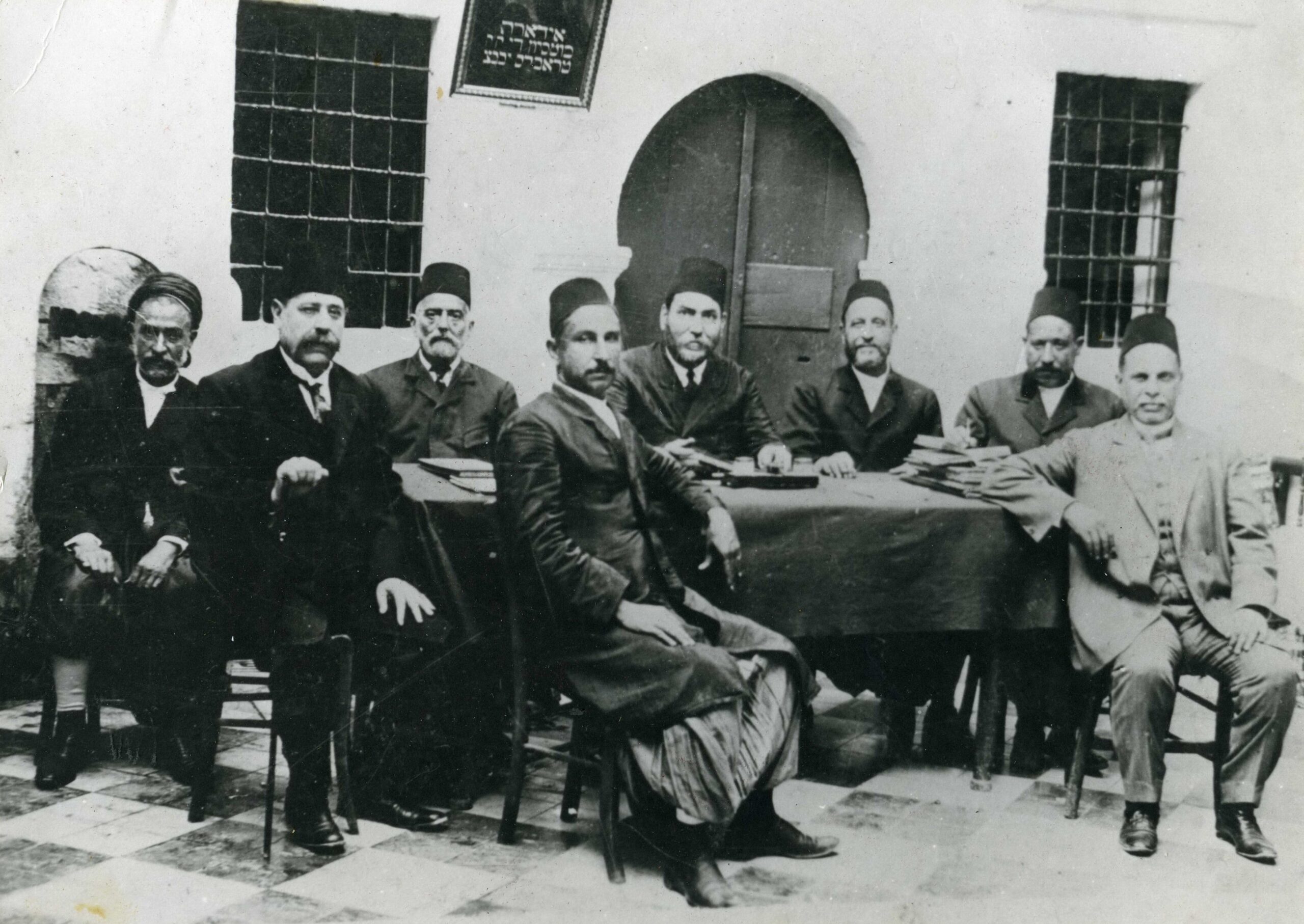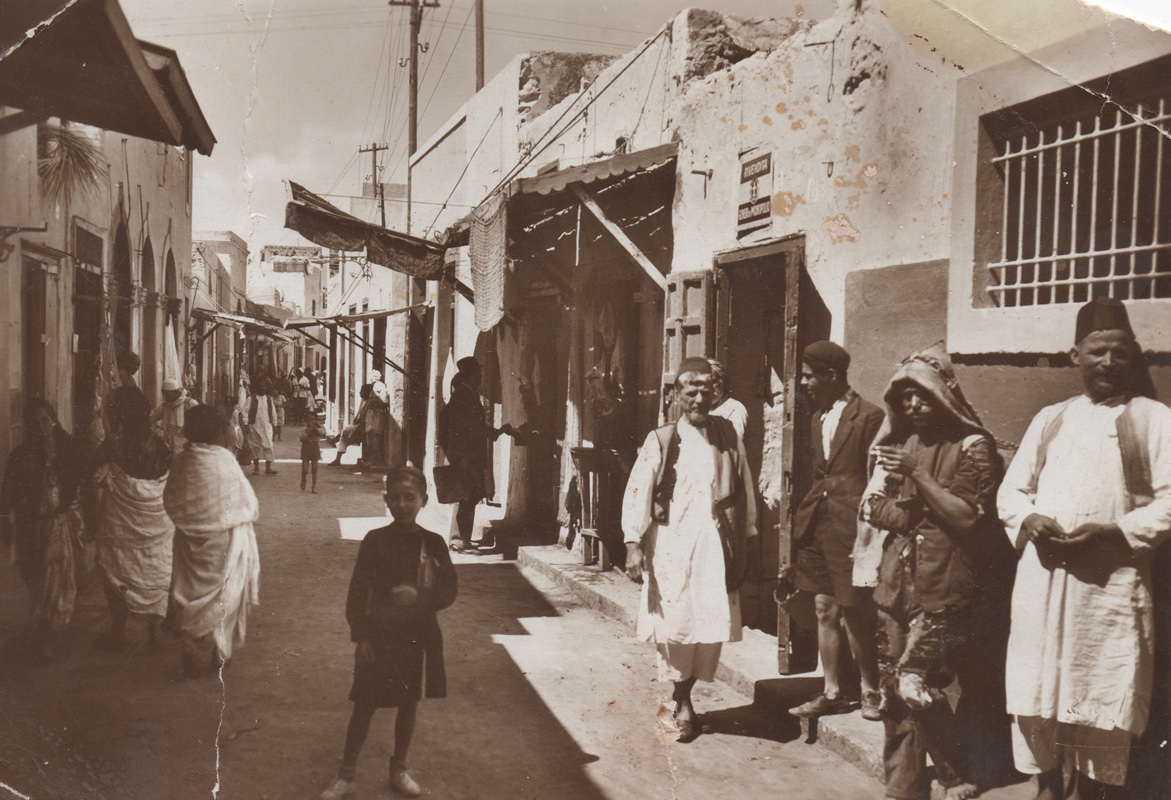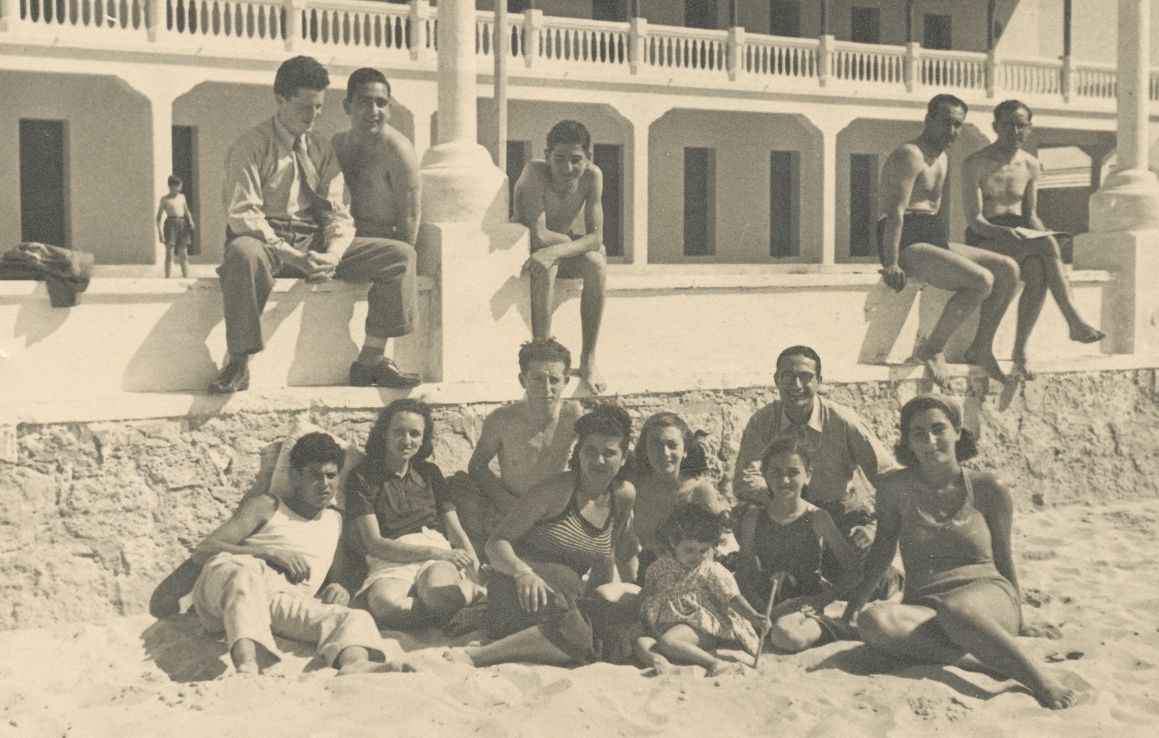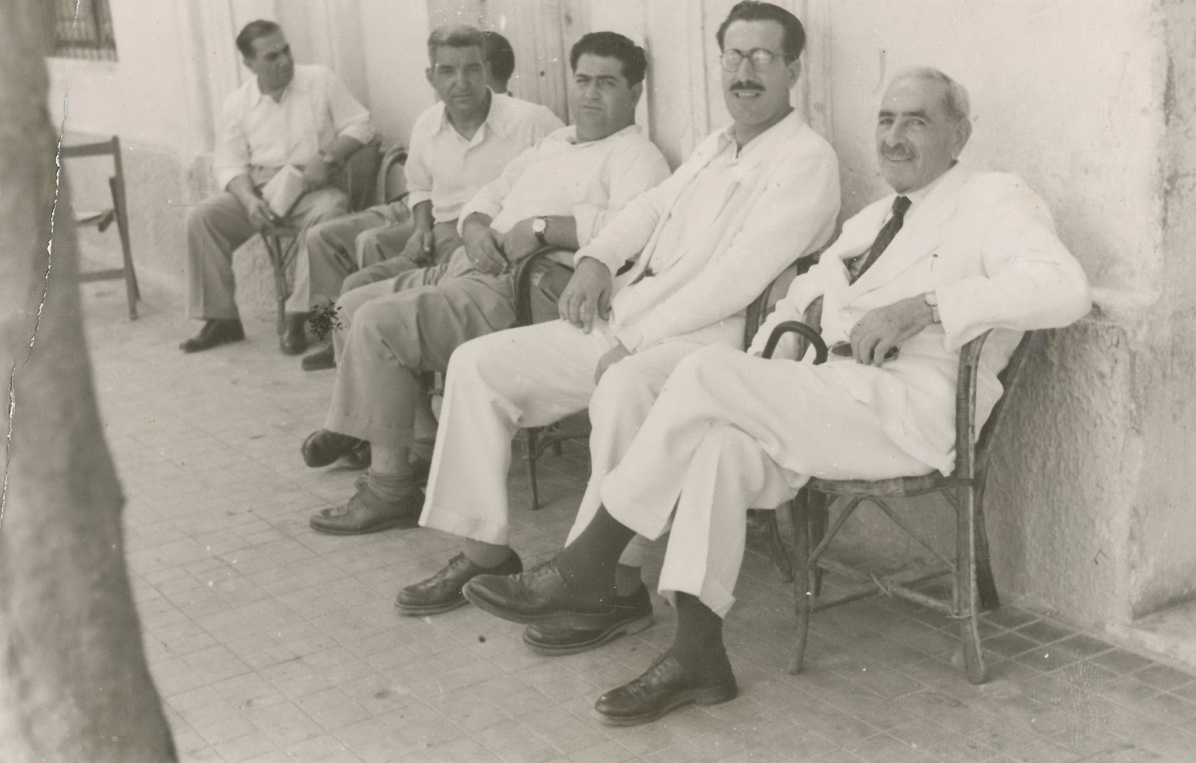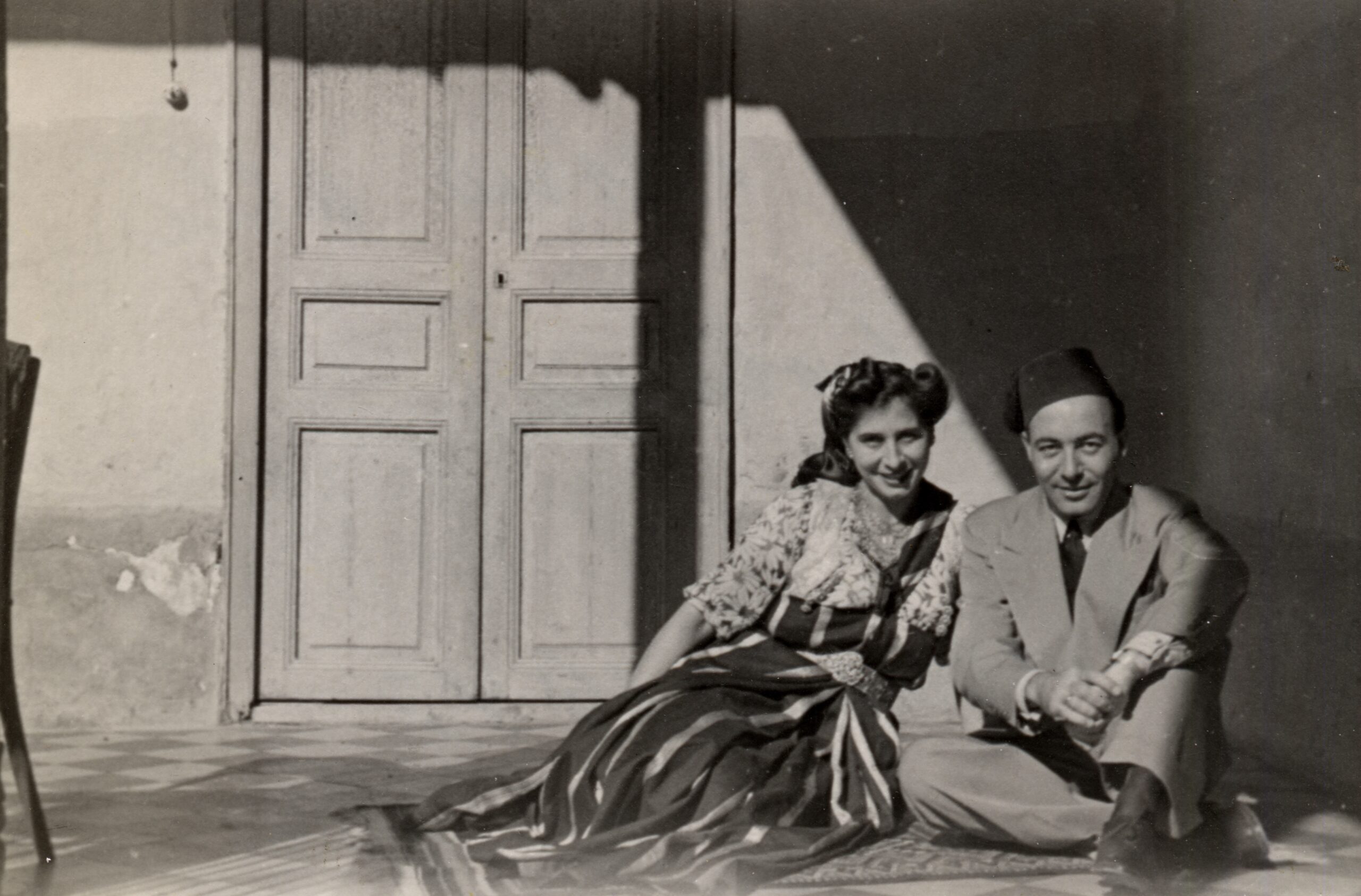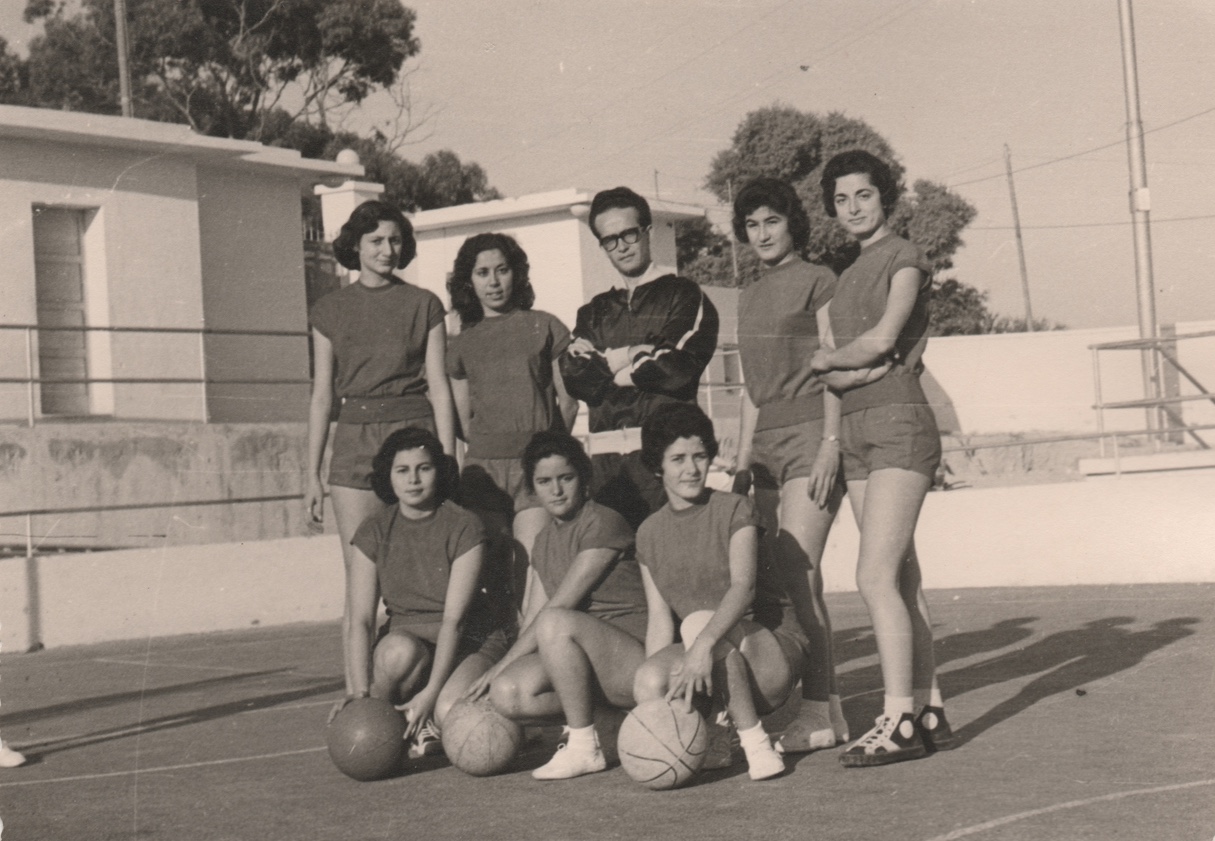Jews of Libya

An ancient community
A Jewish presence has been attested in the territories of present-day Libya since at least the third century BCE. Since then, Jews in the region lived under various dominations – Roman, Byzantine, Arab, and Spanish – until the establishment of Ottoman rule in 1551. With the arrival of Jews who had been expelled from Spain in 1492, including Rabbi Shimon Labi, local communities experienced a profound religious revival. However, it was above all the final decades of Ottoman rule that brought significant changes to the social structure and culture of Libyan Jews. These transformations were primarily influenced by the Ottoman attempts to modernise the empire through a series of reforms known as the Tanzimat, which aimed to integrate the empire’s diverse cultural and religious groups into the imperial system. The Jewish community was reorganised with the appointment of religious representatives to the imperial authorities; the Ottoman rulers introduced equal citizenship for all inhabitants of the Empire, and some Jews from Tripoli were even conscripted into the army and given military training—something previously unthinkable in traditional Islamic societies.
While Ottomanism and the Young Turk revolution had little influence on Libyan Jews, from the late 19th century onwards, local Jewish communities became increasingly exposed to European cultures, particularly Italian and, to a lesser extent, French. During this period, the first Italian school in Tripoli was established at the initiative of local Jews, and an Alliance Israélite Universelle school was also founded. The final decades of Ottoman rule thus saw the development of ever-closer ties between the local Jewish elite and Italy, in the context of Italy’s growing cultural and economic involvement in the region.
The Italian colonial period
The Italian military occupation of the Ottoman provinces of Tripoli and Benghazi in 1911 marked a turning point. Although its impact was not uniform and varied significantly according to the social and cultural status of each individual, colonisation left an indelible mark on the local Jewish community. Alongside an economic elite primarily engaged in commerce and already oriented towards European cultures, there was also a large number of Jews of much more modest means, who remained closely tied to local culture and customs.
From a cultural perspective, the educational system established by the colonial regime contributed to the spread of the Italian language and an “Italian” way of life among a large segment of Libyan Jews. Nevertheless, the community did not lose its local specificity, continuing to share the Arabic language and the traditions of the North African—or more specifically, Libyan—context with the rest of the Muslim population. By the end of the Italian colonial period, the Jewish communities of Tripoli and Benghazi, like many other Jewish communities in major Mediterranean cities, had become multicultural entities, where elements of Jewish, Arab-North African, and Italian cultures coexisted.
Artisans, but primarily traders since the Ottoman period, Libyan Jews played an extremely important role in the Libyan economy, a fact acknowledged even by the colonial authorities. They traditionally engaged in activities complementary to those of the Muslim majority, with whom they lived in a form of economic interdependence.
While the Italian colonial period represented, in many respects, an era of social emancipation for Jews, from a legal standpoint, this emancipation was only partial. With the introduction of a special colonial citizenship for Libya in 1927, Jews—like the other inhabitants of the colony—were placed in a subordinate position compared to metropolitan Italian citizens and faced restrictions on their rights. Few obtained Italian naturalisation, or held the citizenship of other European states such as France and the United Kingdom. By 1939, out of a total of approximately 33,500 Jews, 600 were Italian citizens, 1,600 were French subjects (including many Tunisians), and 870 were British. The possession of foreign citizenship reflected not only the migratory histories of various Jewish families residing in Libya but also, and more significantly, the practice of certain European powers in the late Ottoman period of granting their citizenship to Ottoman subjects (primarily Christians and Jews) as a means of expanding their influence in the region.
Regarding internal dynamics, Zionist activity gradually took hold in Libya between the 1910s and 1930s, with the establishment of various associations in Tripoli and Benghazi and the foundation of the Zionist Organisation of Tripolitania. However, it should be noted that the Zionism that spread in Libya during this period was more cultural than political. In fact, only a small number of people chose to leave for Mandatory Palestine. One of the main effects of Zionist activity in Libya was the gradual dissemination of modern Hebrew, as well as new social ideas. Zionist circles promoted the integration of middle-class Jews into communal political life—often clashing with the traditional leadership—and encouraged greater participation of women in public life.
Relations between the colonial authorities and the Jewish community were ambivalent. Although good relations developed between the Jewish and Italian communities, which endured beyond the decolonisation process and into independent Libya, there were also significant tensions. In general, local Jews welcomed Italian rule. However, the colonial governments avoided adopting an overly favourable stance towards them in order not to jeopardise their often fragile relations (at least until the final suppression of Libyan resistance in 1932) with the Muslim majority. The Italian authorities sought, albeit not without resistance, to reorganise the Libyan Jewish community along the lines of Italian Jewish communities. The appointment of an Italian Chief Rabbi in Tripoli was imposed, and efforts were made to bring the community under closer colonial control. On some occasions, tensions escalated into direct confrontation, such as in the early 1930s, when the authorities forced Jews to attend school and to keep their shops open on Saturdays, in an attempt to impose Italian culture on the colony.
Although the safety of Jews was largely assured throughout most of the Italian colonial period, the final years of Italian rule saw a dramatic deterioration in their condition. With some variations, the racial laws of 1938 were extended to Libya. During the Second World War, Libyan Jews were subjected to violence, internment measures, forced labour, expulsions, and deportations to Europe: approximately 1,600 Jews of Franco-Tunisian nationality were expelled to Tunisia, while 400 British Jewish citizens were first interned in Italy and later deported to Bergen-Belsen.
The post-World War II period: Between independence and emigration
The post-war period brought further changes. Under the 1947 peace treaty, Italy renounced its claim to Libya, which had been under Allied occupation since 1943, while in 1949 a UN resolution set the country on the path to independence, which was proclaimed on 24 December 1951. The post-war economic crisis, the resurgence of Zionist activity, the growth of Libyan Arab nationalism with the return of many exiles from the colonial period, and the broader Middle Eastern crisis heightened intercommunal tensions. In 1945 and 1948, the Jewish communities were subjected to violent attacks, resulting in the deaths of 130 and 14 people, respectively.
Insecurity, uncertainty about the future following independence, the desire to contribute to the newly founded State of Israel, or simply the search for better living conditions led the majority of Libyan Jews (31,000 out of 36,000) to emigrate to Israel between 1949 and 1952. This mass emigration profoundly transformed the Jewish community that remained in Libya. With the disappearance of smaller Jewish communities, almost the entire Jewish population was now concentrated in the capital, Tripoli, apart from the 300 members still residing in Benghazi. Additionally, with the departure of the poorer segments of the community, socio-economic disparities among its members were significantly reduced, transforming the community socially and culturally. Thanks to Libya’s economic development following the discovery of oil in the late 1950s, the Jewish community also experienced a gradual improvement in its living conditions.
In independent Libya, the situation of the Jewish community was marked by deep contradictions. On the one hand, the local authorities ensured freedom of worship and the protection of people and property during various periods of crisis. On the other hand, however, Jews were never recognised as Libyan citizens, and communal life was increasingly restricted. This was evidenced by the closure of the Maccabi sports and cultural centre (1953), the rabbinical court (1954), and the Alliance Israélite Universelle school (1960), as well as the placing of the Tripolitanian Jewish Community under government supervision (1958). Furthermore, the escalation of the Arab-Israeli conflict, Libya’s adherence to the boycott of Israel, Egyptian pan-Arab propaganda, and internal social, political, and economic tensions contributed to the spread of hostility towards the Jewish community among certain segments of Libyan society.
The final exodus
The situation escalated in 1967 when, coinciding with the outbreak of the Six-Day War, the local Jewish community was subjected to a new wave of severe violence. At least thirteen people were killed, and 60% of private and communal property was destroyed. Faced with the resulting insecurity in the country, almost the entire Jewish population relocated to Italy. Some remained there, while others later moved to Israel or, to a lesser extent, to other countries such as France, the United Kingdom, and the United States. This exodus marked the end of Jewish communal life in Libya.
Although some Jews returned in the following years for brief periods to sell or recover part of their belongings, the violence of 1967 had marked a definitive turning point. With Gaddafi’s rise to power in 1969, any prospect of restoring relations between Libya and its Jewish community disappeared. In 1970, decrees targeting both the Italian and Jewish communities ordered the confiscation of their property and their final expulsion from the country. Since then, nearly all Libyan Jews have resided between Israel and Italy.
Bibliography
De Felice Renzo, Ebrei in un paese arabo gli ebrei nella Libia contemporanea tra colonialismo, nazionalismo arabo e sionismo (1835-1970), Bologna, Il Mulino, 1978.
Goldberg Harvey E., Jewish life in Muslim Libya: rivals and relatives, Chicago London, University of Chicago press, 1990.
Rossetto Piera, Juifs de Libye. Constellations de mémoires , Arcidosso, Effigi, coll.« Littératures, Cultures, Sociétés », 2023.
Roumani Maurice M., The Jews of Libya: coexistence, persecution, resettlement, Brighton, Sussex Academic Press, 2008.
Roumani Jacques, Meghnagi David et Roumani Judith, Libia ebraica : memoria e identità : testi e immagini, Livorno, Salomone Belforte & C., 2020.
Simon Rachel, Change within tradition among Jewish women in Libya, Seattle, University of Washington Press, 1992.

